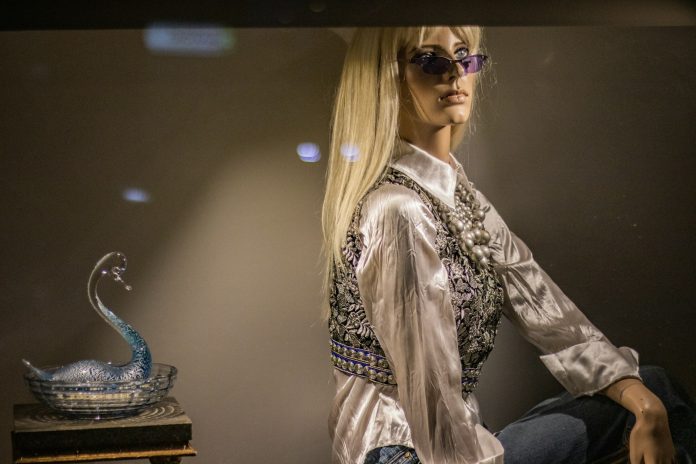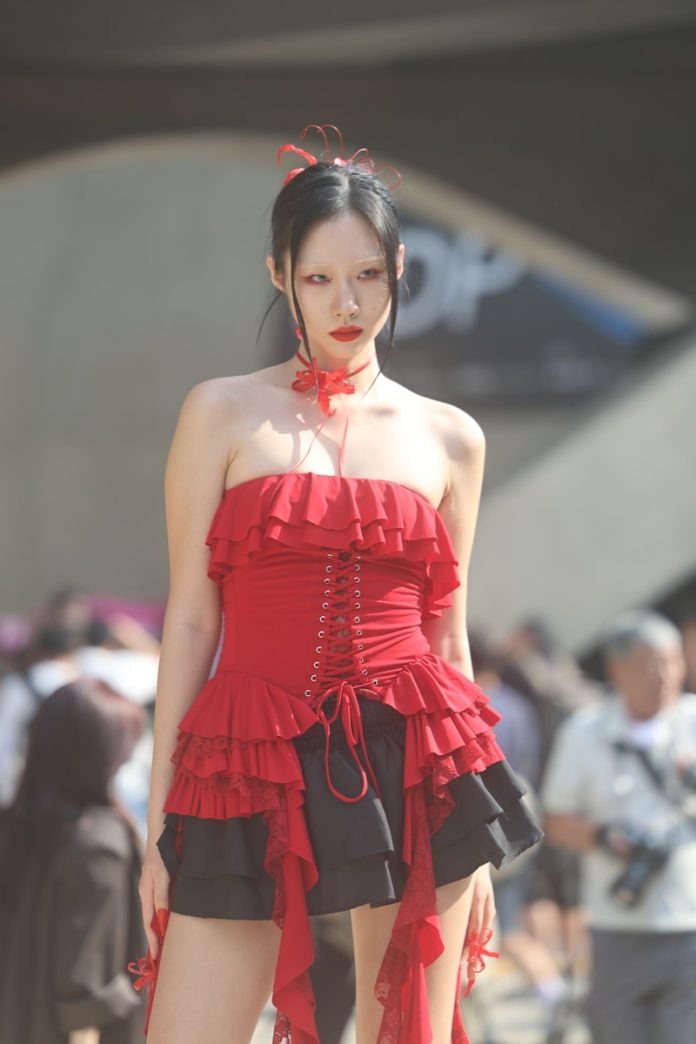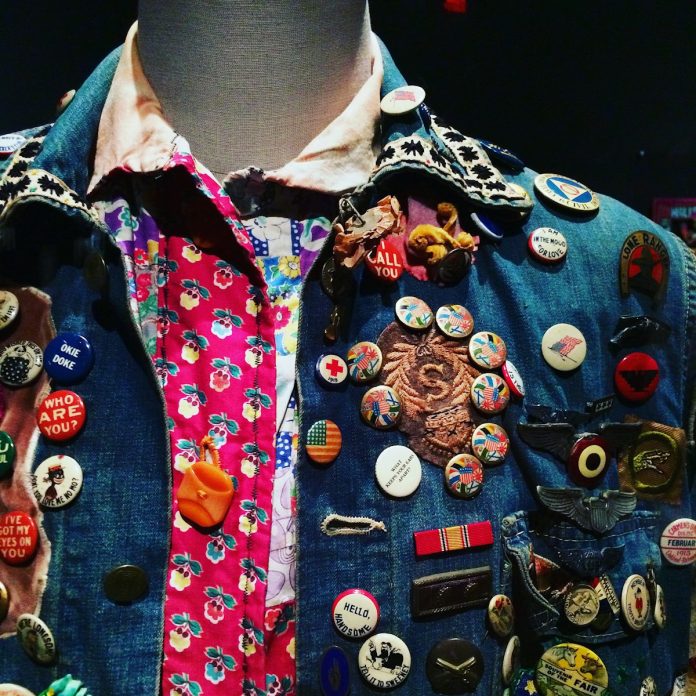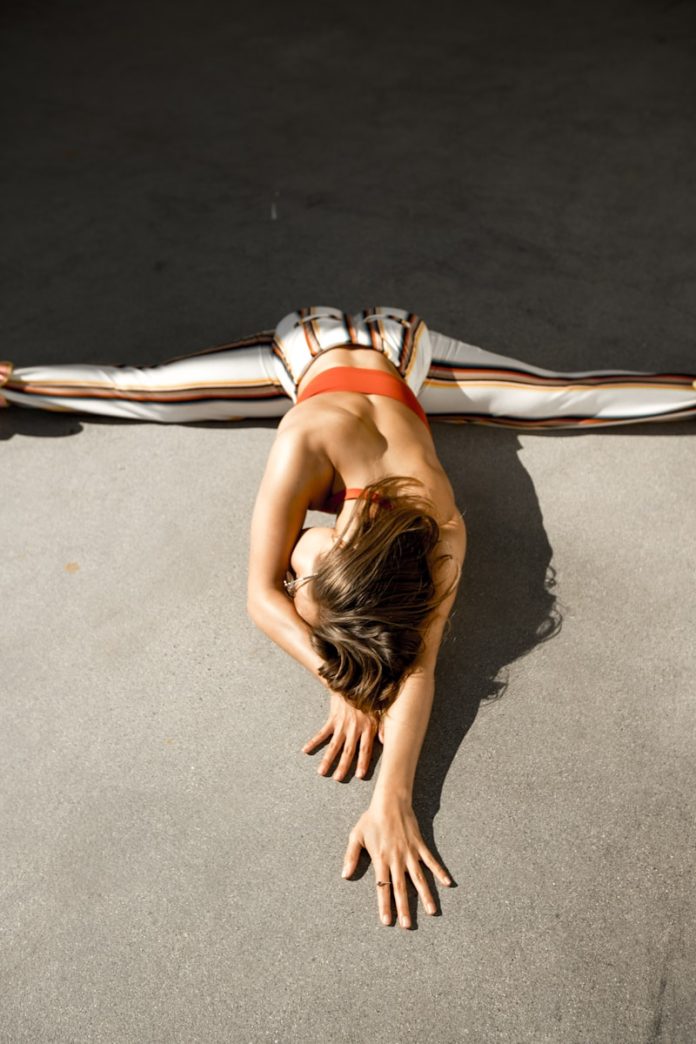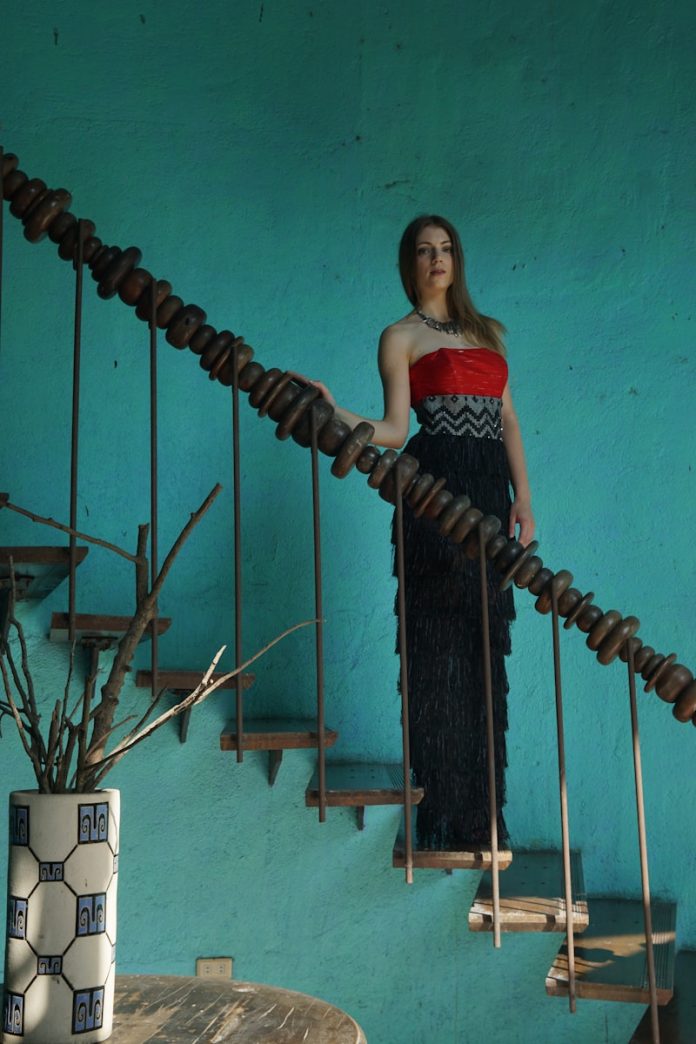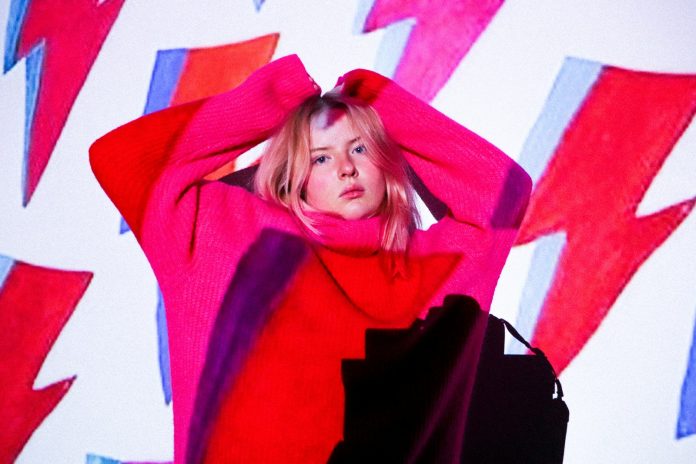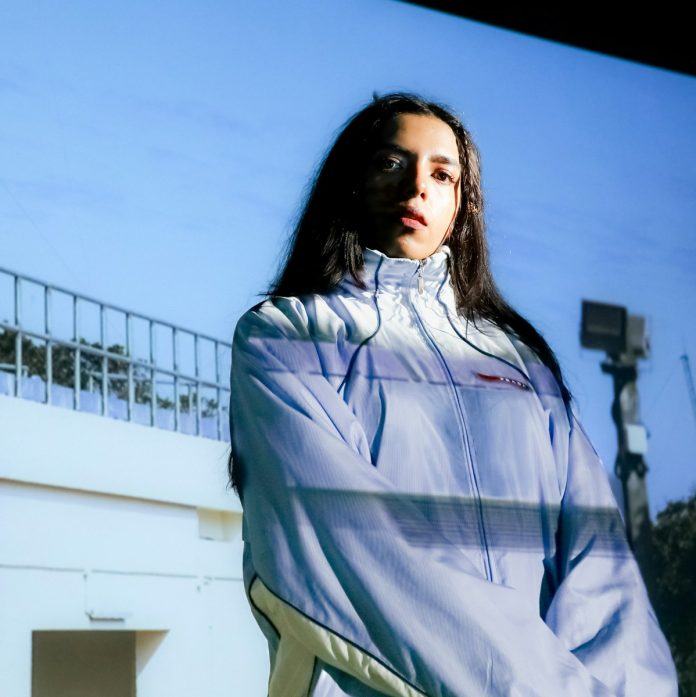For decades, fashion has mirrored the pulse of societal change. When times are turbulent, fashion often roars back with boldness, reclaiming power, presence, and identity. Today, we find ourselves amid one of these transformations: the powerful return of power dressing. After years of casual loungewear and minimalist aesthetics ruling the pandemic-era wardrobe, the tide has turned. The bold shoulder is back, the sharp suit is re-emerging, and statement-making fashion is no longer reserved for the elite boardroom. We are witnessing a style renaissance where individuals, especially women, are stepping back into their wardrobes with new purpose and fierce conviction.
This isn’t just about fashion. It’s about reclaiming agency in a world that has felt uncertain and disempowering. It’s about being seen again—strong, vibrant, and unafraid.
Power Dressing: A Brief but Impactful History
To understand the resurgence of power dressing, we must first revisit its origins. The term “power dressing” became mainstream in the 1970s and 1980s, primarily associated with women climbing corporate ladders in male-dominated industries. The look was defined by sharp suits, padded shoulders, and monochrome palettes. These weren’t just style choices; they were sartorial armor. The intent was to command respect and exude confidence in spaces where women were often underestimated.
Icons like Margaret Thatcher, Grace Jones, and Joan Collins epitomized this look, each harnessing the aesthetic to redefine how power could be seen—and who could wear it. Fashion designers such as Giorgio Armani and Thierry Mugler leaned into this movement, creating tailored silhouettes that accentuated strength and presence.
But over time, the aggressive lines of power dressing softened. The 1990s brought a more casual, minimalist aesthetic. The early 2000s made room for “business casual,” and the 2010s flirted with normcore and androgynous ease. As the need for visual dominance waned and workplaces became more inclusive, the urgency behind power dressing seemed to fade.
Then, 2020 happened.
The Collapse of the Dress Code
The COVID-19 pandemic didn’t just change how we work; it transformed how we dress. As our lives moved indoors, closets shifted to favor comfort over presentation. Sweatpants replaced slacks. Slippers took the place of heels. Zoom meetings often only saw the top half of our outfits—and even those began to blur into the sea of muted colors and knits.
For many, this dress-down period wasn’t liberating; it was draining. The ritual of getting dressed, once a subconscious act of self-definition, disappeared. Without it, many felt less connected to their identities. Clothing had lost its power to uplift, define, and transform.
Now, with the return to offices, events, and social life, there’s a collective desire to reclaim that lost ritual. But this time, it’s not about fitting into the old mold of corporate uniformity. It’s about expressing boldness unapologetically and redefining what power looks like today.
The New Power Dressing: Personal, Playful, and Purposeful
Unlike its earlier iterations, today’s power dressing isn’t about blending into a male-centric professional environment. It’s about standing out and making statements. Think vivid colors, luxurious textures, and exaggerated tailoring. The 2020s power dresser wears fuchsia suits, metallic boots, or structured dresses with architectural detail—not to assimilate, but to assert.
And perhaps the most defining aspect of the new era of power dressing? Choice. Women—and men—are choosing to be bold on their own terms. There are no longer strict rules or silhouettes. A flowing silk jumpsuit can command just as much attention as a pinstriped blazer. A sneaker can be just as impactful as a stiletto if worn with purpose.
Designers like Alexander McQueen, Balenciaga, and Stella McCartney are leading the charge in this redefinition. Shoulder pads have returned, but with a dramatic, sculptural twist. Suits are oversized and fluid, blurring gender boundaries and challenging traditional notions of formality.
More importantly, today’s power dressing is also more inclusive. It considers all body types, gender identities, and cultural backgrounds. The narrative has shifted from “dress like a man to be taken seriously” to “dress like your most powerful self—whatever that looks like.”
Fashion as Empowerment
What makes this movement particularly significant is the psychological undercurrent. Power dressing isn’t just about external presentation—it’s a form of embodied confidence. Studies have shown that clothing can affect self-perception, performance, and interpersonal dynamics. Wearing something bold, structured, or dramatic can literally change the way we carry ourselves.
In today’s fast-paced, image-conscious digital age, this becomes even more important. Social media has amplified the visual stakes. First impressions are made in milliseconds, often through a screen. Clothing becomes a language—a way to say, “I’m here, I’m intentional, and I’m not afraid to be seen.”
And in a world still processing years of uncertainty, this return to boldness feels like a collective healing. We are no longer content with invisibility. We are stepping out, dressing up, and commanding attention.
Workplaces Are Changing—And So Are Their Dress Codes
Interestingly, as fashion becomes bolder, workplaces have become more flexible. Hybrid models and remote work remain common, and dress codes have loosened across industries. But rather than reverting to the uniformity of business casual, professionals are seizing the opportunity to express themselves through clothing in more dynamic ways.
People are dressing for how they want to feel, not just for where they are going. A bright red blazer might replace your coffee for a morning energy boost. A pair of glossy heels might be the confidence anchor you need before a high-stakes pitch. Dressing powerfully is now less about impressing others and more about empowering yourself.
And this self-empowerment extends beyond the workplace. Weddings, parties, and even casual outings are now fertile grounds for statement dressing. We are no longer waiting for permission or occasion to dress boldly.

